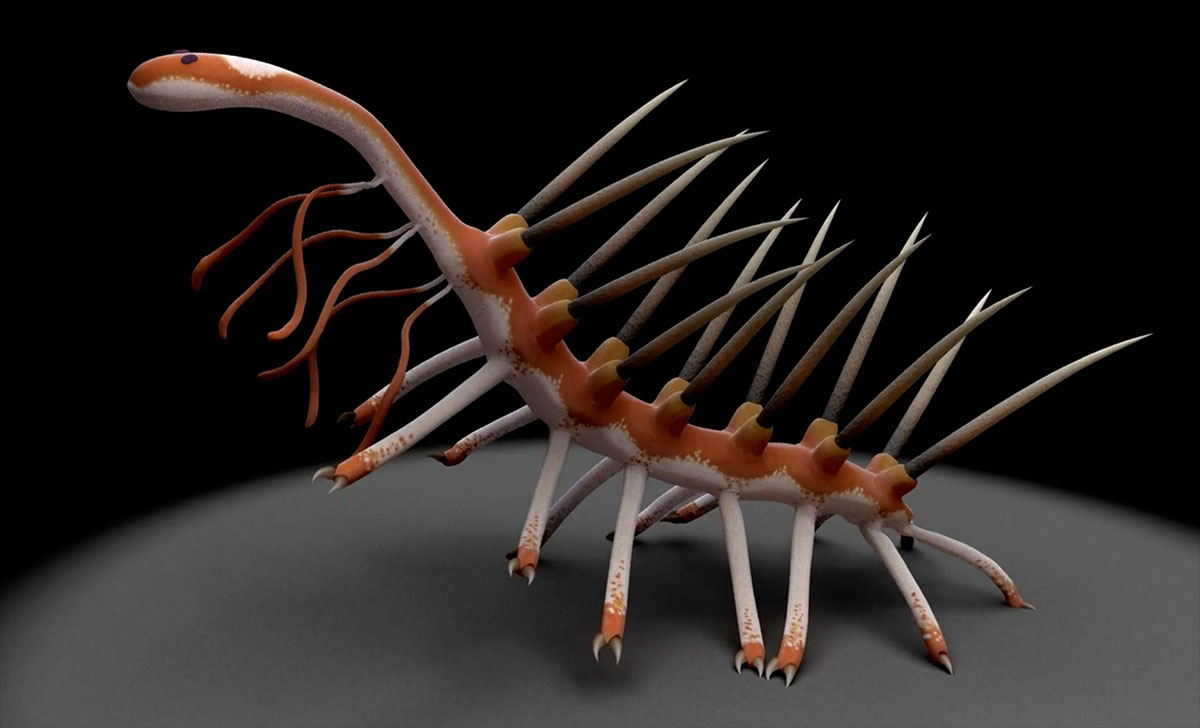why aliens are more alien than ufologists think

The bizarre creature pictured above is an arthropod called Hallucigenia, a distant relative of crabs and lobsters, an amazing evolutionary blip during the Cambrian Radiation. We know three things about it. It was predatory, it was one of many such weird animals trying to eek out a living in the shallow water off uninhabitable coasts, and considering its lineage, it was likely delicious steamed and with a measured touch of melted butter. We also know that despite being an evolutionary dead end, it’s an important species because it shows us the sheer variety of life able to emerge when animals were a blank slate, starting with little more than disc-shaped bacterial colonies that evolved very primitive organs for filter-feeding. Who knows what they could’ve become had they managed to survive and their ancestors branched out, undergoing billions of years of change. What would a planet dominated by the direct descendants of such predators look like? Certainly very alien.
Just think about that for a minute. Consider that this spiny, eldritch thing really existed and what you would think were you to come across it today, and compare it to UFOlogists’ declarations of alien life that looks like really skinny gray humans with bug eyes and big heads. Of all the forms life has taken even here, on our home world, an alien planet around a distant star, with its own environment and evolutionary history managed to produce another intelligent life form which by sheer coincidence just so happens to look like us? It’s absurd! Who says there is a limit to how many appendages an intelligent life form could have? As long as it’s clever enough to build the shelter it needs and harvest the resources it requires, it has the potential to mull other life on all the worlds across its night sky, and maybe even build a ship to explore beyond its own world. If anyone tells me that he has seen aliens and they look like us post-nuclear apocalypse, and with a penchant for nudism, excuse me if I point at Cambrian fossils and scoff at such a notion.





